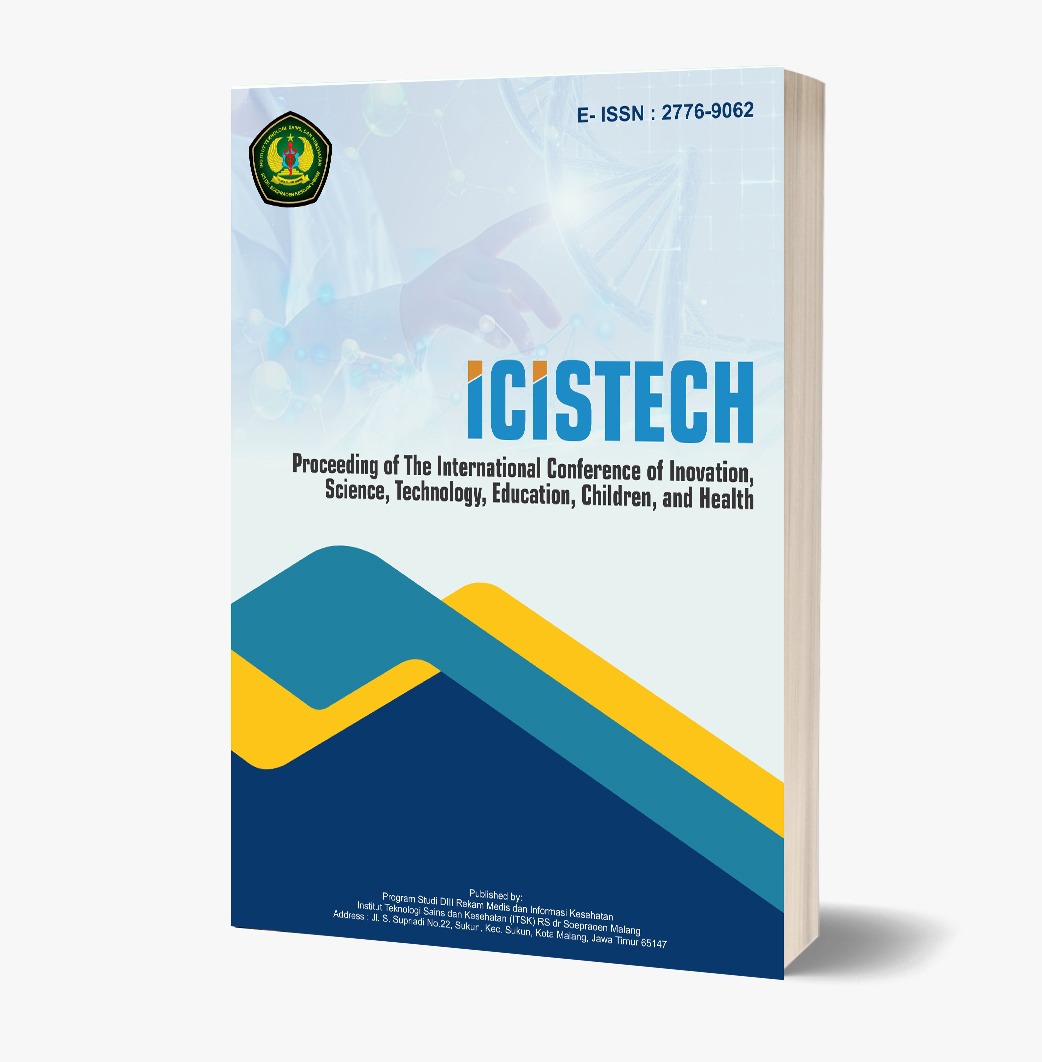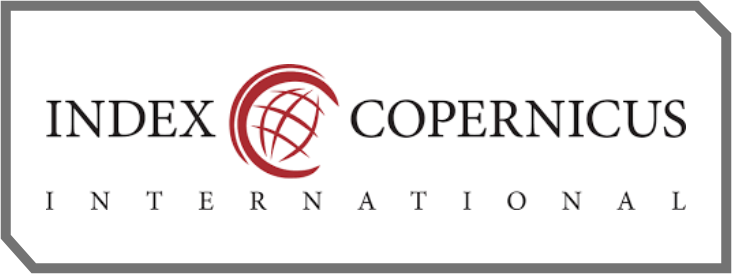Relationship Between Nutritional Status and Anemia Incidence in Pregnant Women in the Second Trimester
(In the Work Area of Hikun Health Center Tabalong Regency, South Kalimantan)
Keywords:
Anemia, Nutritional Status, Pregnant WomenAbstract
It is crucial for individuals at all life stages—ranging from fetuses to the elderly—to receive proper nutrition for healthy development and well-being. During pregnancy, malnutrition can lead to abnormal physical development, impaired cognitive function, decreased work productivity, reduced immune resistance, and, ultimately, higher risks of illness and death. Women who maintain proper nutritional intake before conception can help prevent anemia, as the increased demand for iron during pregnancy may otherwise lead to deficiencies. This study aims to analyze the relationship between individual nutritional conditions and the prevalence of anemia in pregnant women during their second trimester in the work area of the Hikun Health Center, Tabalong Regency, South Kalimantan. The research utilized an observational analytical approach with a cross-sectional design. Univariate and bivariate analyses were conducted, where univariate analysis examined the distribution of individual variables, and bivariate analysis employed the chi-square method to assess the relationship between two variables. The findings indicated that non-ideal nutritional status was associated with a decrease in anemia cases by 80.0%. However, this association was not statistically significant (p-value = 0.317). The data analysis concluded that there was no significant effect between maternal nutrition and anemia levels in pregnant women at the Hikun Health Center. These results suggest that while nutritional status is a factor in anemia prevalence, other variables may also play a role, and further research is needed to explore potential contributing factors and to refine the understanding of how nutrition, dietary habits, and lifestyle choices impact anemia in pregnant women.
References
Aisyah, S. (2016). Relationship between nutritional status and the incidence of anemia in the third trimester of pregnancy at the Jabung Health Clinic. Journal of Midwifery, 8(2), 10. https://doi.org/10.30736/midpro.v8i2.11
Fatkhiyah, N., Salamah, U., Indrastuti, A., & Nurfiati, L. (2022). Correlation study of nutritional status with the incidence of anemia in pregnant women. Journal of Community Health, 8(3), 569–575. https://doi.org/10.25311/keskom.vol8.iss3.1295
Hasanah, M. M., Azka, A., & Margiyati, M. (2023). Relationship between nutritional status and the incidence of anemia in pregnant women at Sewon II Health Center in 2023. Journal of Obstetrics, 10(1), 39–45. https://doi.org/10.48092/jik.v10i1.225
Marlapan, S., Wantouw, B., & Sambeka, J. (2013). The relationship between nutritional status and the incidence of anemia in pregnant women in the Tuminting Community Health Center, Tuminting District, Manado City. Nursing Journal, 1(1).
Mulia, U. S. (2023). Midwifery and complementary care: Relationship between nutritional status and anemia incidence in pregnant women. 01(02), 73–78.
Mutiarasari, D. (2019). Relationship between nutritional status and the incidence of anemia in pregnant women at Tinggede Health Center. Healthy Tadulako Journal, 5(2), 42–48.
Rohani, A., Wathan, F. M., & Yunola, S. (2023). The relationship between nutritional status, ANC visits, and consumption of Fe tablets, and the incidence of anemia in pregnant women in the third trimester at the Pembina Health Center, Palembang in 2022. IMJ Journal: Indonesia Midwifery Journal, 6(2), 18–27.
Sari, L. P., Sarwinanti, S., & Djannah, S. N. (2020). Relationship between nutritional status and the incidence of anemia in pregnant women at the Kotagede II Health Center, Yogyakarta. Jurnal Cakrawala Promkes, 2(1), 24. https://doi.org/10.12928/promkes.v2i1.1576
Sari, N. V., Muldaniyah, & Asli, K. (2022). Relationship between nutritional status and the incidence of anemia in pregnant women in the Bara-Baraya Makassar Health Center work area. Zahra: Journal of Health and Medical Research, 2(3), 204–211.
Siregar, N., Azhari, & Syukur, N. A. (2019). Relationship between nutritional status and the incidence of anemia in pregnant women in the third trimester at the Aminah Amin Clinic, Samarinda in 2018. Husada Mahakam Journal, IV(8), 492–504. https://doi.org/10.35963/hmjk.v4i8.159
Sugihastuti, L., Sugesti, R., & Yolandia, R. A. (2022). The relationship between tea drinking habits, compliance with Fe tablet consumption, and nutritional status to the incidence of anemia in pregnant women. Indonesian Interprofessional Journal of Health, 2(1), 203–210. https://doi.org/10.53801/jipki.v2i1.42
Susilawati, M. (2016). The relationship between parity and nutritional status with the incidence of anemia in pregnant women. Journal of Obstetrics, 5(1), 41–48.
Utama, R. P. (2021). Nutritional status with the incidence of anemia in pregnant women. Sandi Husada Scientific Journal of Health, 10(2), 689–694. https://doi.org/10.35816/jiskh.v10i2.680
Widhiastuti, E., & Nawangsih, U. H. E. (2015). The relationship between nutritional status and the incidence of anemia in pregnant women in the third trimester at the Pleret Bantul Health Center (Doctoral dissertation, STIKES Aisyiyah Yogyakarta).
Wirke, N., Afrika, E., & Anggraini, H. (2022). The relationship between ANC visits, compliance with Fe tablet consumption, and nutritional status with the incidence of anemia in pregnant women in the third trimester at the Kutaraya Health Center, Kota Kayuagung District, Ogan Komering Ilir Regency. Scientific Journal of Batanghari Jambi University, 22(2), 798–802. https://doi.org/10.33087/jiubj.v22i2.1888
Downloads
Published
How to Cite
Issue
Section
License
Copyright (c) 2025 Proceeding of The International Conference of Inovation, Science, Technology, Education, Children, and Health

This work is licensed under a Creative Commons Attribution-ShareAlike 4.0 International License.













